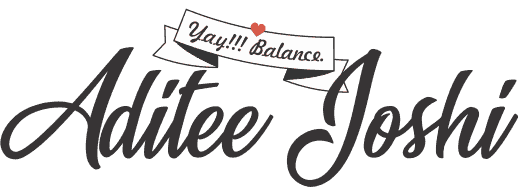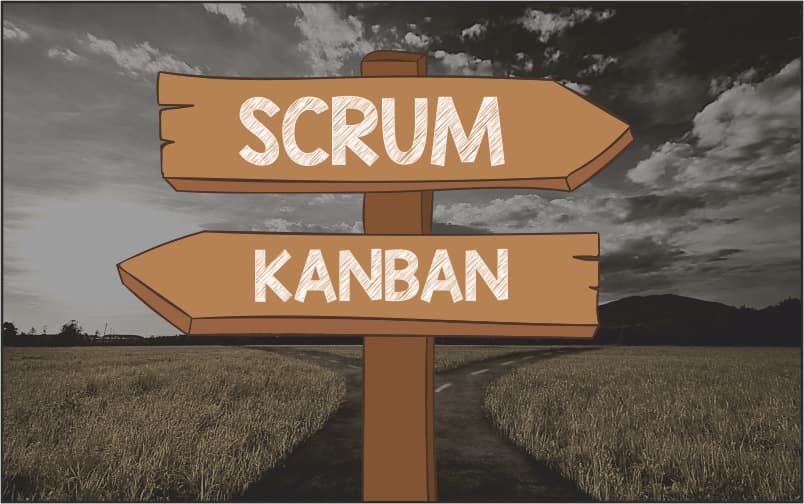If you are interviewing at one of the product based organizations, you might have come across one of the most favourite questions, “Tell me a key difference between Kanban and Scrum?”. “When should you use Kanban approach?”. Now the first thing that strikes your mind sitting there in front of the panel is, “Isn’t it one and the same thing as it serves the purpose of tracking projects?”.
Few definitions to focus on before jumping onto the differences:
- Agile – A structured and iterative framework to track and manage projects. This approach is used in managing software development projects. It allows cross-functional teams to collaborate on users expectations.
- Kanban – A framework which utilizes visualization technique, limiting the number of tasks to be taken in “Work in Progress” column. The segregation of a similar type of tasks can be done here. To simplify it, allocate colours to tasks using the swimlanes.
- Scrum – The approach followed here is breaking down a complex task into simpler smaller manageable pieces which are easy to collaborate upon by the respective owners of the scrum.
Similarities between Kanban and Scrum
- Frameworks of agile methodologies
- Used to track the progress of the project
- Provide the team transparency in tracking the work progress
- Make use of visualization
Differences between Kanban and Scrum
- Roles – Scrum is dependent on the scrum owners and is worked upon by them respectively. Kanban is independent of cross-functional team members and parallel roles.
- Release cycle – Scrum makes use of sprints whose duration varies from one week to two weeks. The user stories are then taken up for development, testing and bug fixes. Kanban does not follow any cycle and the process is continuous in nature.
- Tracking parameters – Scrum makes use of velocity in planning upcoming sprints taking into account the complexity and number of user stories completed in the previous sprint. Kanban ensures limiting of user stories in
“ Work in Progress” column to avoid bottlenecks. It tracks the time taken to finish a task from the starting to the end. - The scope of improvement – Scrum does not encourage changes in ongoing sprints. Kanban is open to any changes before the completion of the project. It is flexible in nature.
- Fit factor – Scrum is suitable for projects with clearly defined user stories. Acknowledgement on the same by the client for timely completion of the project makes it a fit. Kanban being flexible in nature allows variations in priorities on the basis of the current scenario.
- Pick process – Scrum picks the entire batch of user stories from the product backlog for development. Kanban follows the maximum number of tasks allowed in the columns to maintain the sanity of the framework and to avoid bottlenecks.
- Delivery – Scrum follows delivery based on sprint planning and prioritize based on the specifications given by the client
.Kanban follows the continuous delivery model based on business needs.
The above points are easy to remember if you are able to visualize working on them. Ideally where the scrum follows a rather predefined set of principles. Kanban is backed up by the principle of flexibility. It allows you to track tasks that are of utmost importance for delivery.



















Oprol Evorter
April 2, 2019 at 3:39 am
Wow, amazing blog layout! How long have you been blogging for? you made blogging look easy. The overall look of your website is magnificent, let alone the content!
Aditee Joshi
April 2, 2019 at 4:48 pm
Thanks. I just completed 4 months working on my blog.